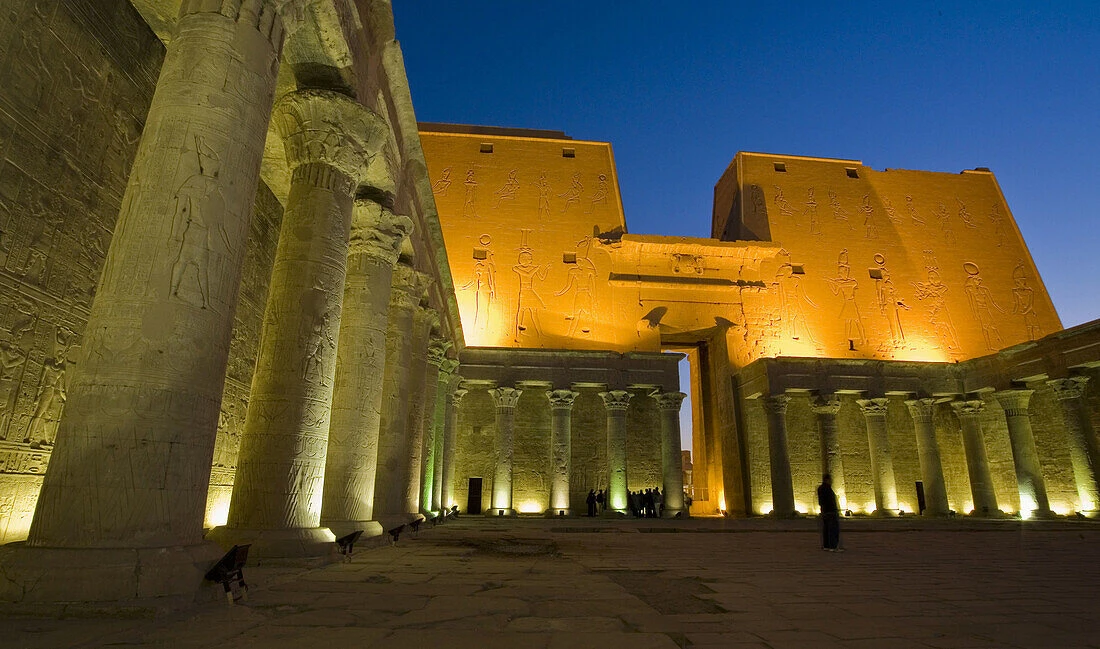A Acrópole de Atenas representa um tesouro histórico e arquitetônico único, sendo quase impossível comparar o impacto que este lugar teve na civilização ocidental; nenhum amante da história ou da cultura deve deixar de visitar este local. A Acrópole foi o berço da democracia e da filosofia, lembrando-nos diretamente da era grega antiga com alguns dos monumentos mais reconhecíveis e bem preservados dessa época. Como dois tipos de monumentos, o Partenon representa o auge da arquitetura dórica, enquanto o Eretrion é famoso por suas Cariátides. Assim, uma visita à Acrópole serve como uma forma de vivenciar a cultura, a religião e o pensamento político por trás do mundo ocidental. Essa experiência de história, arte e patrimônio cultural é ainda mais preservada pelos monumentos perdidos e pelas vistas incríveis de Atenas, juntamente com os esforços contínuos de restauração que buscam despertar a experiência do passado. No geral, este lugar é um local que qualquer pessoa interessada nas origens da civilização moderna deve visitar em um pacote de viagem à Grécia.
A História da Acrópole de Atenas
A Acrópole de Atenas é um símbolo primordial da civilização grega antiga, com uma história que remonta ao Neolítico, mas atingindo seu auge cultural e arquitetônico no século V a.C., principalmente sob a liderança de Péricles, período durante o qual o Partenon, o Templo de Atena Nike e o Eretrion foram construídos. Originalmente um centro religioso dedicado à deusa Atena, a Acrópole tornou-se eventualmente o coração da democracia e da cultura ateniense. O edifício passou por muitas transformações em suas filosofias sob o Império Romano, o Império Bizantino e o Império Otomano, sendo utilizado para vários fins, como igrejas e mesquitas. Os danos causados durante as guerras, especialmente durante o cerco pelos venezianos em 1687, não diminuíram seu charme; ainda assim, a Acrópole continua a ser um dos símbolos mais importantes e icônicos da civilização ocidental, recebendo milhões de visitantes a cada ano.
Fatos sobre a Acrópole de Atenas
Origens Antigas: No final do período Neolítico, por volta de 3000 a.C., a Acrópole já estava habitada. Ela se tornou um centro religioso significativo no período dos micênicos, que durou de 1600 a 1100 a.C.
O Partenon: A Acrópole abriga o Partenon, uma das estruturas mais lendárias do mundo. De 447 a 438 a.C., foi construído em honra de Atena, a deusa patrona de Atenas. É o símbolo da democracia e da cultura grega antiga.
Excelência Arquitetônica: O Partenon foi projetado pelos arquitetos Ictinos e Callicrates, sob cuja supervisão as belas esculturas foram executadas pelo escultor Fídias. As belas proporções e os refinamentos ópticos fazem da estrutura uma obra-prima da arquitetura dórica.
Centro Cultural: Além de ser um centro religioso, a Acrópole também era o local onde os atenienses celebravam suas conquistas culturais e artísticas, especialmente durante o Festival Panatenáico, que consistia em procissões, sacrifícios e competições atléticas em honra de Atena.
Templo de Atena Nike: O Templo de Atena Nike, dedicado às deusas da vitória, fica na Acrópole e representa um dos templos menores da Grécia, sendo conhecido por sua elegância no design e pelo friso maravilhosamente preservado.
Patrimônio Mundial da UNESCO: A Acrópole de Atenas foi inscrita na lista de Patrimônios Mundiais da UNESCO em 1987 por seu valor universal fenomenal e sua contribuição para a civilização ocidental.
Eretrion e as Cariátides: O Eretrion é conhecido por seu design assimétrico e pelas famosas Cariátides, figuras femininas esculpidas que substituem as colunas no pórtico do templo. Foi dedicado tanto a Atena quanto a Poseidon.
Danos Sobreviventes: Ao longo desses séculos, a Acrópole sofreu muitos danos. Durante o cerco veneziano de 1687, uma bala de canhão atingiu o Partenon e explodiu, quase destruindo toda a estrutura. Ainda assim, é um símbolo de resistência.
Trabalhos de Restauração: A Acrópole está em constante renovação para preservar suas estruturas. Ela busca proteger o local contra poluição, erosão e vandalismo, enquanto se esforça para manter a integridade histórica do local.
O Museu da Acrópole: Situado ao pé da Acrópole, o Museu da Acrópole contém um grande número de artefatos da colina, entre os quais estão algumas estátuas, cerâmicas e fragmentos arquitetônicos. Muitos dos itens que pertenciam ao Partenon estão agora no museu; outros permanecem no Museu Britânico em Londres, gerando um debate contínuo sobre sua repatriação.
Um Símbolo Mundial: A Acrópole é um símbolo duradouro da cultura e civilização grega, incorporando os ideais de democracia, conhecimento, arte e filosofia. Até hoje, continua a inspirar gerações de turistas, estudiosos e artistas de todo o mundo.
Por que a Acrópole é Imperdível para Amantes da História e Cultura?
A Acrópole de Atenas é um lugar absolutamente imperdível para quem tem interesse em história ou cultura, dada sua importância histórica, suas magníficas obras arquitetônicas e sua imensa influência na civilização ocidental. Sendo o berço da democracia e da filosofia, a Acrópole estabelece uma ponte com a Grécia antiga e abriga algumas de suas estruturas mais celebradas e bem preservadas. O Partenon, com seu elegante estilo dórico, e o Eretrion, com suas impressionantes Cariátides, representam o auge da arquitetura grega antiga. Assim, uma visita à Acrópole abre uma janela para a cultura, religião e ideologias políticas que formaram a base do mundo ocidental. Portanto, ao olhar além das ruínas, a maravilhosa vista de Atenas, juntamente com as atividades contínuas de restauração no local, cria uma memória para qualquer visitante que mistura história, arte e patrimônio cultural, sendo um local essencial para qualquer pessoa interessada nas origens da civilização moderna.
A Acrópole de Atenas é um testemunho da engenhosidade, beleza e legado duradouro da Grécia antiga. Desde seus monumentos icônicos, como o Partenon e o Eretrion, até sua profunda influência na civilização ocidental, a Acrópole oferece uma visão inigualável do passado. Para o amante da história, o entusiasta da cultura ou qualquer pessoa que se admire pela excelência arquitetônica, esta é uma visita que será lembrada para sempre. Para realmente vivenciar a colorida história da Grécia e suas paisagens dramáticas, considere fazer um tour Grécia para ver mais. Cada um deles é único, proporcionando aos viajantes experiências de patrimônio grego, desde a cidade capital até as ilhas.








-webp.webp)
-webp.webp)

-webp.webp)



